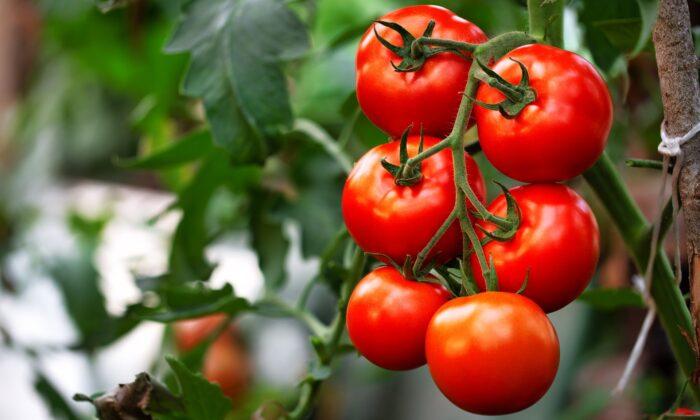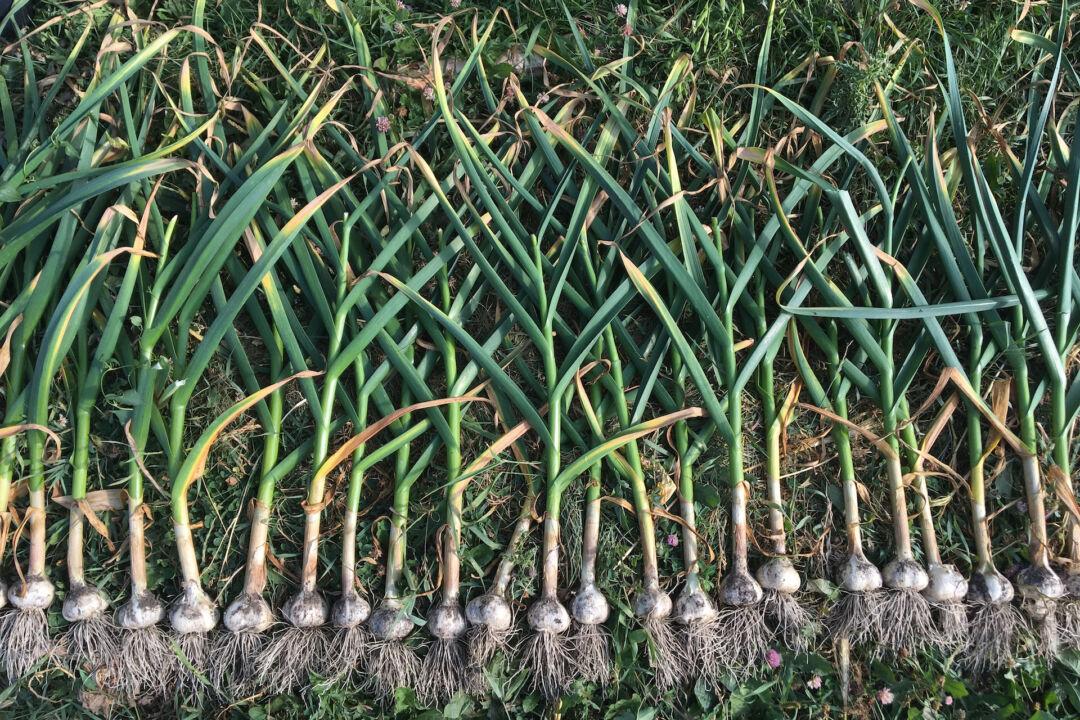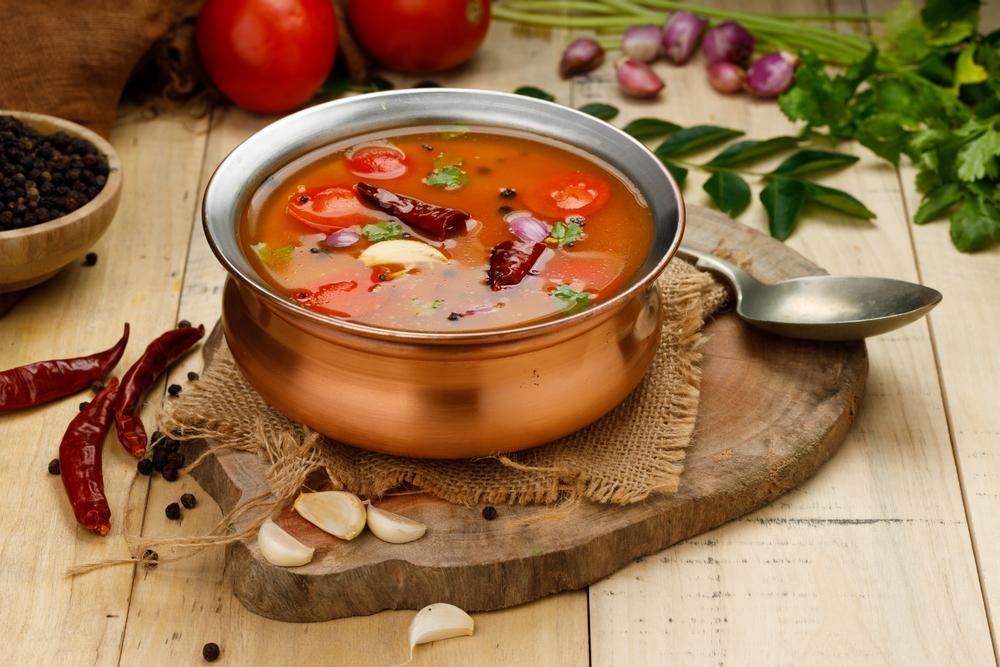The world has its share of tabbouleh recipes. The bulgur and parsley salad from the Lebanese hill country has made the rounds, finding homes in many cultures, with countless regional variations. And I can improve all of them, as if by magic wand, thanks to a trick I learned from a farmer in Montana. Thousands of years of culinary evolution are no match for a farmer with a blender, and the creativity to put it to use.

The tabbouleh innovation comes from the heart of tomato season, when the boxes are stacked high for market, and there is usually a pile of extra soft fruit that, by virtue of being absolutely perfectly unconditionally ripe, won’t be transportable to market the next day. Or they could be days-old tomatoes brought home unsold. We are talking tomatoes that slice like water balloons, too juicy for salad. Or anything else except juice or soup. Or the best tabbouleh on Earth.
Breaking Down Bulgur
The trick is to use extra-ripe tomatoes to rehydrate the bulgur. If you aren’t exactly sure what bulgur is, think wheat that hasn’t been ground into flour. For many, this isn’t an easy concept to comprehend. After all, if you take away wheat flour, you basically pull the rug out from under American cuisine. The bread, pizza, pasta, tortillas, cookies, pancakes, burger buns, and breakfast cereals we fashion from flour make it into practically every meal, from the thick gravy on the biscuit to the breading on the fish and chips.
While flour is everywhere, we rarely eat the seed itself. Anyone who’s tried will probably agree the options are limited. You can cook wheat the way you would rice, but it just doesn’t eat as well. It’s crunchy even when overcooked, and won’t stick together or hold sauce.
The problem with flour was that before precision equipment, it was impossible to grind. Bulgur, or cracked wheat grains, was an Old World compromise: Smashing and crushing was more manageable for the average Old World grain processor.
Bulgur cooks quickly into a pleasingly soft state. It holds together, absorbs flavor, and even contributes an understated, earthy taste of its own.
Parsley in the Spotlight
That’s the tomato trick, but we’d be remiss to not address parsley, the other side of the tabbouleh equation. Cup for cup or pound for pound, there is more parsley in this dish than any other ingredient. It’s not often you find a parsley-based dish, so let’s give the curly, leafy herb its moment of glory. Most often it’s used as nothing more than a garnish, something green and sturdy to look good alongside the food you actually want to eat.I suppose parsley stays so often on the sidelines because the flavor is so strong, and the texture is that of steel wool. But everyone has a match, an equal and opposite, even parsley. The other ingredients in tabbouleh bring balance, thanks to a mix of strong flavors such as garlic, tomato, and lime. Chunks of cucumber, meanwhile, quietly bring hydration to the mix, without added water. And the bulgur adds a strong, silent backbone, partly absorbing the parsley’s chlorophyll blast.
Tomato-Marinated Tabbouleh

- 2 pounds extra-juicy tomatoes
- 1 teaspoon salt
- 2 cloves garlic, minced
- 3 tablespoons fresh lime or lemon juice
- 1 cup bulgur
- 2 cups chopped cucumber
- 4 packed cups chopped parsley
- 1/4 cup chopped mint leaves
- 1 cup olive oil
- Optional: feta cheese, olives, preserved lemon, other Mediterranean flavors for garnish
Fluff and test the red bulgur. It will taste exceptional. Add the chopped cucumber, parsley, mint, and olive oil, and stir until the tabbouleh is totally mixed. Serve with a garnish that isn’t parsley.





